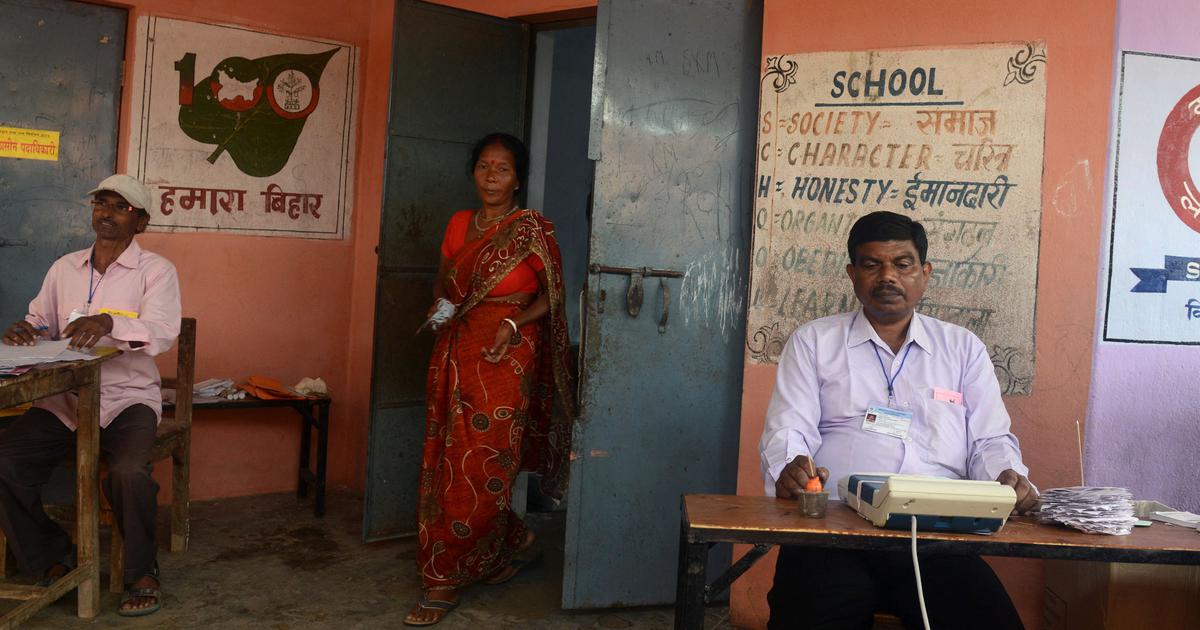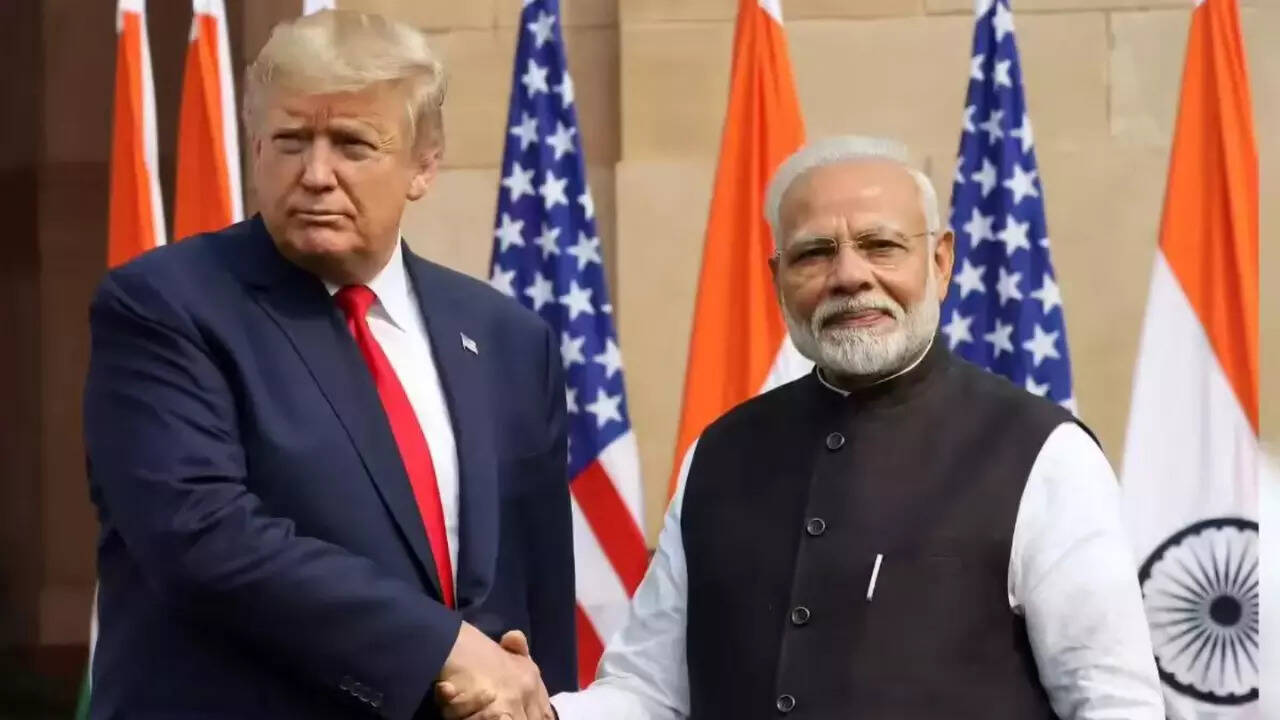Why is India’s smart city plan pushing the dubious Public-Private Partnership model?

Join our WhatsApp Community to receive travel deals, free stays, and special offers!
- Join Now -
Join our WhatsApp Community to receive travel deals, free stays, and special offers!
- Join Now -

When it was launched in 2015, the Smart Cities Mission aimed to select 100 urban areas that would be retrofitted with infrastructure, offer residents a sustainable environment and use information technology to increase efficiency in governance.
This, the urban development ministry estimated, will cost Rs 7 lakh crore (approximately $105 billion) over the next 20 years.
The 100 cities selected for the mission ranged from New Delhi to Bhagalpur, Imphal to Salem, Satna to Ahmedabad.
The Central government initially allocated Rs 48,000 crore for the mission. This amount was to be matched by the states in which projects were to be carried out.
The mission recommended that public services such as water supply, sanitation, sewage and transport be delivered by private partners through the Public-Private-Partnerships – contractual agreements that allow private sector participation in the delivery of public services and infrastructure projects.
India’s urban development model since the liberalisation of the economy in the early 1990s has involved a push to involve private companies in delivering public services and then making citizens pay user charges. As part of this strategy, Public-Private Partnerships have been favoured as a vehicle to provide opportunities for the private sector and boost the flow of funds to implement these projects.
Many opportunities
There are hundreds of project opportunities listed on the government’s India Investment Grid website that are...
Read more
What's Your Reaction?
 Like
0
Like
0
 Dislike
0
Dislike
0
 Love
0
Love
0
 Funny
0
Funny
0
 Angry
0
Angry
0
 Sad
0
Sad
0
 Wow
0
Wow
0























































